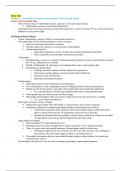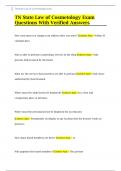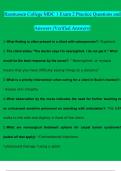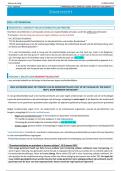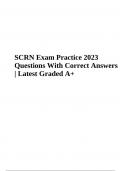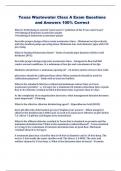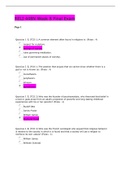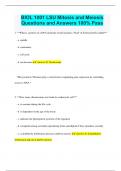College aantekeningen
Chapter 2 - Personality Assessment, Measurement, and Research Design
- Vak
- Instelling
In Chapter 2 of the lecture notes, we dive into the fascinating world of "Personality Assessment, Measurement, and Research Design." Explore the various methods and tools used to assess and measure personality traits. Gain insights into the principles of research design and data collection in the f...
[Meer zien]
